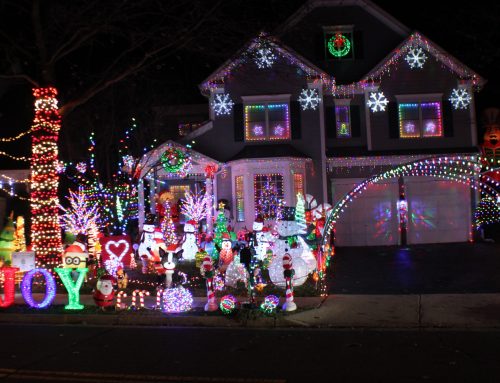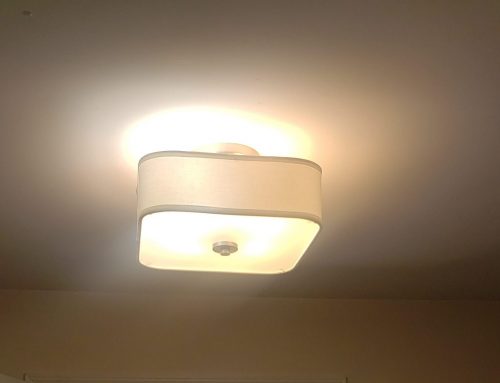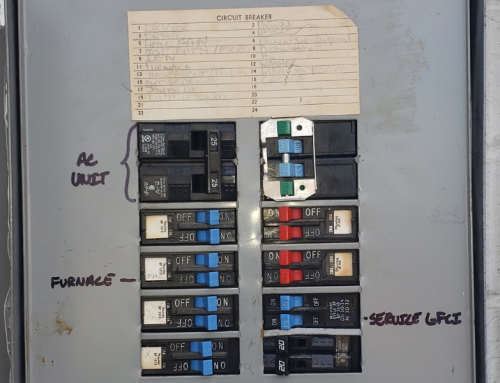Thanksgiving is a time for gratitude, family, and delicious feasts. As families gather around the table to share a hearty meal, the kitchen becomes the epicenter of all the action. But amidst the hustle and bustle of preparing a Thanksgiving feast, electrical hazards often go overlooked. The combination of multiple appliances, extra cooking time, and crowded kitchen spaces can create a recipe for disaster. In this blog, we’ll explore some common electrical hazards associated with cooking a Thanksgiving meal and provide tips on how to stay safe.
- Overloading Circuits
One of the most common electrical hazards during Thanksgiving meal preparation is overloading circuits. With multiple appliances running simultaneously—oven, stovetop, microwave, slow cooker, and more—it’s easy to exceed the capacity of your electrical circuits. Overloading circuits can lead to overheating, tripped breakers, and even electrical fires.
**Safety Tip:** Spread your cooking tasks throughout the day, using timers and staggered cooking times to prevent overloading a single circuit. If you need to use multiple appliances simultaneously, consider using extension cords connected to different outlets on different circuits.
- Frayed or Damaged Cords
Thanksgiving is a time when kitchen appliances and gadgets get dusted off and put to work. It’s important to inspect cords and plugs for any signs of wear, fraying, or damage. Damaged cords can expose live wires, posing a significant electrical hazard.
**Safety Tip:** Before plugging in any kitchen appliance, check the cord for any damage. If you find any, replace the cord or the appliance itself to ensure safety.
- Water and Electricity Don’t Mix
Cooking often involves a fair amount of liquids—sauces, gravies, and basting. Spills and splashes can happen, and if they come into contact with electrical outlets, appliances, or cords, it can lead to electric shock or fires.
**Safety Tip:** Keep all electrical outlets, cords, and appliances away from water sources. Use drip pans and protective covers to shield electrical components from spills.
- Unsafe Use of Extension Cords
Extension cords can be a handy solution for reaching distant outlets, but using them improperly can pose significant risks. Plugging too many appliances into a single extension cord or using damaged cords can create a fire hazard.
**Safety Tip:** If you need to use an extension cord, make sure it’s rated for the intended use and never overload it. Additionally, always unplug extension cords when they’re not in use to prevent overheating.
- Insufficient Ventilation
Ovens and stovetops generate heat, and when they are used for extended periods, they require proper ventilation to dissipate excess heat and fumes. Blocking vents or using ovens without adequate ventilation can lead to overheating and increased fire risk.
**Safety Tip:** Ensure that your oven and stovetop have proper ventilation and don’t place flammable materials, such as kitchen towels or oven mitts, near the cooking area. Use your stove’s exhaust fan or open a window to help with ventilation.
Cooking a Thanksgiving meal is a cherished tradition, but it’s important to prioritize safety in the kitchen. Electrical hazards can quickly turn a festive occasion into a dangerous one. By following these safety tips and staying vigilant, you can protect your family and home from the risks associated with electrical mishaps. This Thanksgiving, make safety a key ingredient in your recipe for a memorable and enjoyable holiday.






